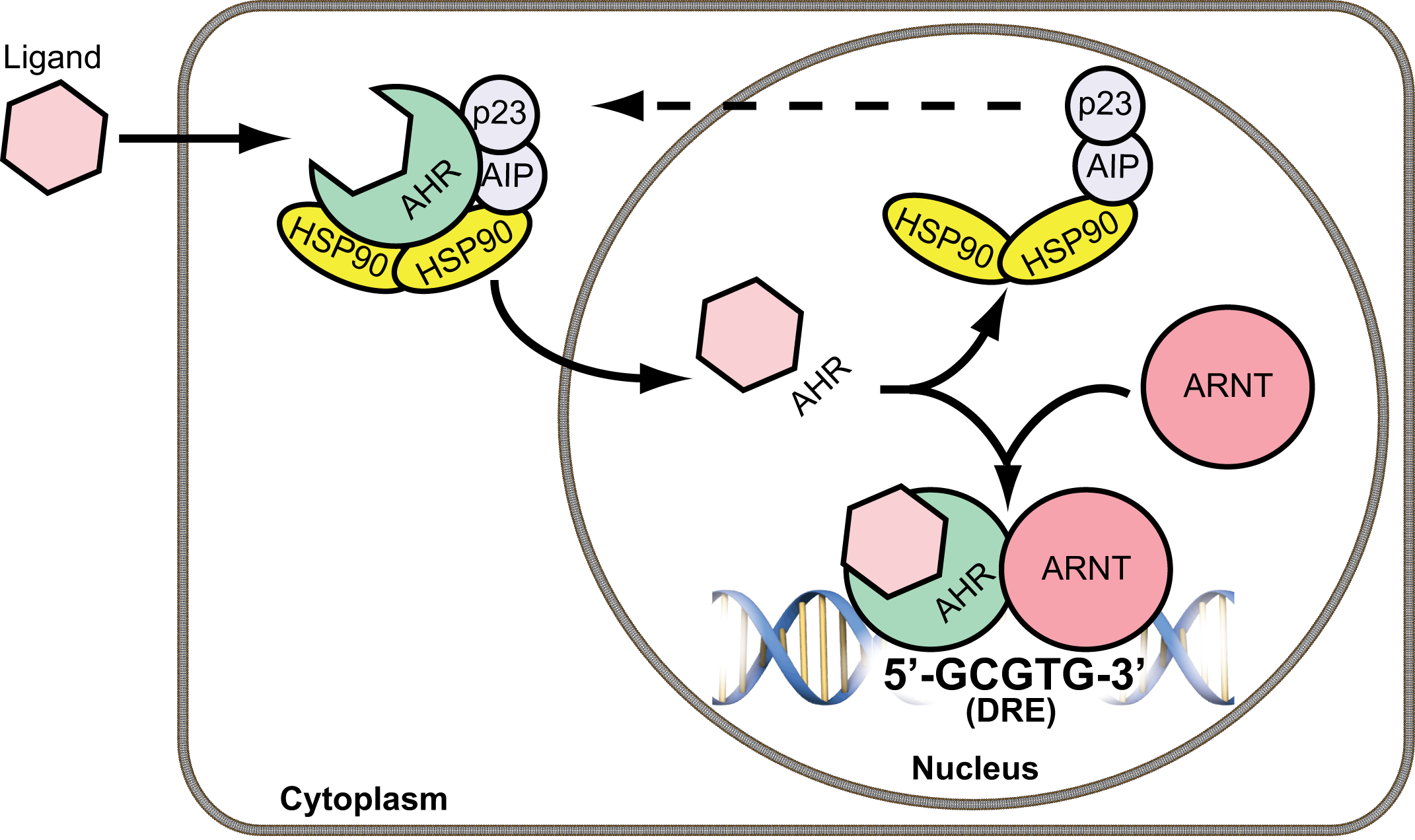Research Focus
Many environmental contaminants, drugs, and natural products induce toxicity by activating receptors, causing changes in gene expression resulting in adverse effects. One such class of chemicals are known as dioxins and dioxin-like chemicals including TCDD (2,3,7,8-tetrachlorodibenzo-p-dioxin) and PCBs (polychlorinated biphenyls). These chemicals bind a ligand activated transcription factor known as the aryl hydrocarbon receptor (AhR), leading to heterodimerization with its partner ARNT and elicit dramatic changes in gene expression. The consequences of AhR activation by TCDD and related chemicals are numerous and tend to be species-, sex, age- and tissue-specific. Our lab is focused on elucidating the role of AhR activation on the progression of fatty liver to more complex metabolic human diseases. Current areas of research interest include:

- The progression of fatty liver to steatohepatitis with fibrosis and implications associated with diabetes, cardiovascular disease, and liver cancer
- The role of intestine-liver and host-microbiota interactions in AhR-mediated hepatotoxicity
- Comparative studies examining similarities and differences in disease progression in human, rat, and mouse in vitro and in vivo models
Research Approach
Our approach involves the study of classical toxicology endpoints with traditional and emerging molecular biology approaches. Computational techniques are used to analyze and integrate ‘layers’ of complementary datasets (e.g., computational response element identification, chromatin immunoprecipitation, targeted and untargeted metabolomics, transcriptomics, next generation sequencing) within the context of histological and phenotypic assessments to identify critical steps from receptor activation to toxicity. Our goal is to decrease uncertainties in cross-species and cross-model extrapolations in order to predict the potential of human toxicity and disease resulting from environmental exposures.

Resources
Our in-house bioinformatics group develops databases and tools to support ‘big data’ management, analysis, integration, and interpretation. These include TIMS dbZach (data management) and computational tools facilitating data analysis, dose-response modeling, and identification of receptor binding sites in the human, mouse, and rat genomes.